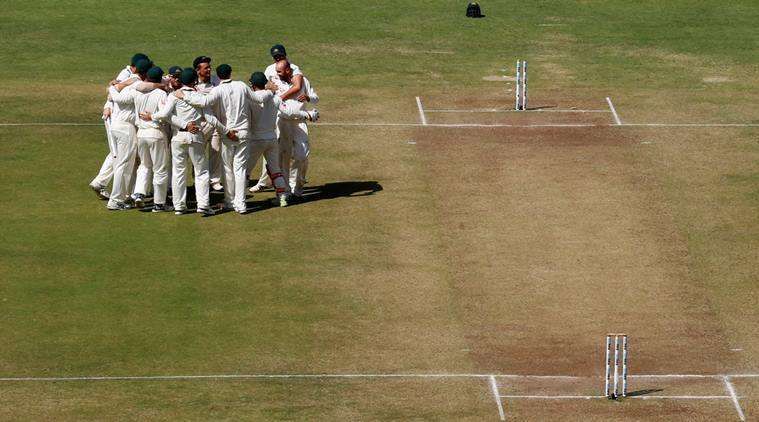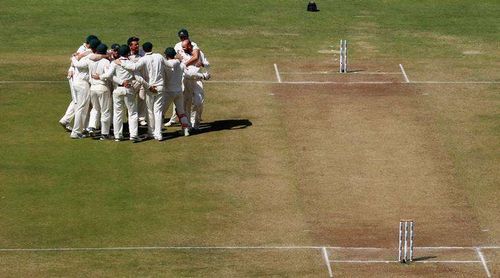
Adaptation counts, not the pitch
Pune's Test match pitch has been the talk of the town this past week. It has consumed both the fan and the media in equal measure. I don't know any other sport where a playing surface is spoken about with little or no knowledge and yet with such intensity and in a manner so callous.
Just before the commencement of the French Open at the famed Roland Garros, you don't hear Rafael Nadal speaking about the pace of the clay courts or lack of it. Likewise, Roger Federer doesn’t talk about the quality of grass used on the legendary Wimbledon courts. Similarly, we don’t see the football experts that cover the EPL, probe the playing surface at Old Trafford, Stamford Bridge or elsewhere. Cut to cricket and you’ll find the world having its say with the revelation of a pitch for every Test match.
Such is the irony that cricket has to endure.
But just why the discussion over a pitch? Simply put, not very many aspects alter the course of the game in the manner that the pitch does. The ball tends to move sideways and change the course of its path after hitting the surface. And more often than not, batsmen dance to its tunes when unable to cope. You don't witness this in any other sport.
The Test match at Pune ended under 3 days. If a first-class match in India were to end in this manner, a big hue and cry would ensue about the venue, the pitch, the conditions and a whole lot more. In August 2016, similar matters were discussed in the captains and coaches conclave under the purview of the BCCI. The outcome witnessed the shifting of all domestic games of the Ranji Trophy to neutral venues. The logic was to nullify the home advantage. Needless to say, the move denied fans a glimpse of their domestic stars and the matches were played out to empty stands.
With the amount of clamour generated over the pitches used for India's prolonged home season, should bilateral Test series' now be staged at neutral venues? For me, home advantage is the name of the game. As a host, you ought to be versatile enough to exploit it.
If you don't expect the ball to turn in the month of February at Gahunje, an area with rocky terrain, it's akin to stepping on a Russell's viper's tail and not expecting a reaction. The conditions were indeed tough, but every now and then you need such tracks. Test cricket isn't meant to be a walk in the park and it is on such pitches that a cricketer is tested.
Australia scored on all counts and deserved to win for their ability to adapt and execute. Steve Smith was his usual “unorthodox yet glorious” self. Mitchell Starc was superb given the conditions but a lesser known left-armer in O’ Keefe walked away with the cake.
India certainly had the short end of the stick at Pune. It has also got them thinking as Australia has now put an end to their unbeaten streak that lasted all of 19 matches. Like wounded tigers, they are bound to have spent a sleepless night or two while contemplating how to hit back.
The shake-up was needed just to get them out of the comfort zone. This Indian team is a strong unit led by an efficient and emotional captain. And in Virat Kohli, the team has perhaps the biggest match winner that the country has ever produced. He is just the man the team needs when faced with tough situations.
There's plenty of cricket still to play in this series. And as Ravi Shastri would say, "it's going to be cracker."
Also read: Steven Smith and Virat Kohli engage in banter ahead of second Test
